Green Mosque, 15th-century mosque in Balkh, Afghanistan.
The Green Mosque is a prayer house in Balkh with a central dome resting on stone bases where minarets once rose. Turquoise tiles cover its walls, and beneath the structure lies a burial vault containing a revered saint.
Construction began in the early 15th century under a Timurid military leader and was built above the grave of a revered saint. The work shows how religious architecture of that era honored important figures at sacred locations.
The mosque serves as a pilgrimage site where visitors come to honor the saint whose tomb lies beneath the main chamber. The prayer niche and underground burial space remain central to how people experience and use this place.
The courtyard serves visitors as the main entry space and central gathering area. Visitors should be prepared for uneven ground and limited access, particularly in damaged sections.
The turquoise tiles, known locally as Turkish Green, give the mosque its distinctive color and its name. This surface treatment was a labor-intensive craft in the 15th century, requiring specialized artisans.
Location: Balkh
Inception: 1421
Made from material: lapis lazuli, brick, stone
GPS coordinates: 36.75823,66.89670
Latest update: December 6, 2025 17:43

The neo-Moorish architecture developed in the 19th and early 20th centuries, driven by European interest in oriental forms. This architectural movement combines Western building elements with Moorish decorative motifs: horseshoe arches, carved arabesques, geometric mosaics, and ornate stuccoes. This...

Blue Mosque
19.9 km
Qosh Tepa Canal
86.1 km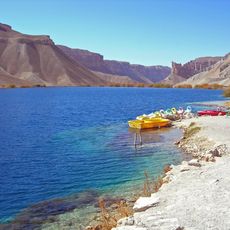
Band-e Amir National Park
215.7 km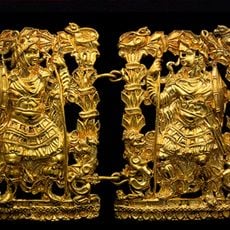
Tillya Tepe
99 km
Qala-i-Jangi
12.8 km
Teshik-Tash
136.4 km
Surkh Kotal
169 km
Tigrovaya Balka Nature Reserve
152.7 km
Cyropolis
2.6 km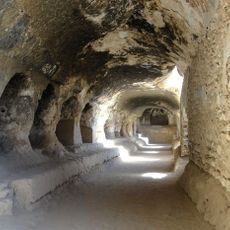
Takht-e Rostam
115.7 km
Balalyk Tepe
75.6 km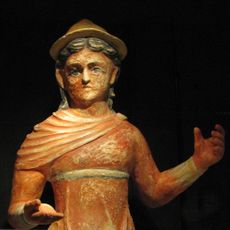
Khalchayan
195.8 km
Haji Piyada
4.7 km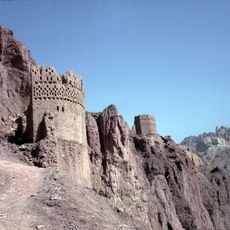
Shahr-e Zuhak, Bamyan
230.7 km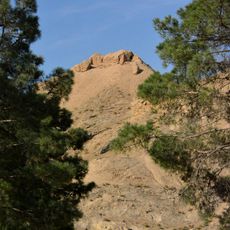
Tavka Kurgan
107.1 km
Kara Tepe
63.2 km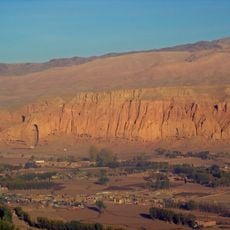
Cultural Landscape and Archaeological Remains of the Bamiyan Valley
230.3 km
Atamurat-Kerkichi Bridge
190.7 km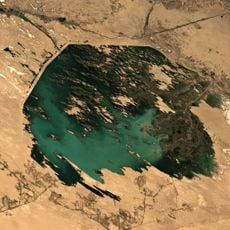
Zeid reservoir
163.5 km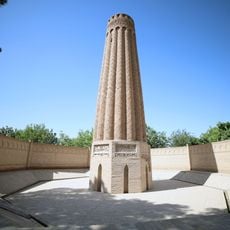
Jarkurgan minaret
91.4 km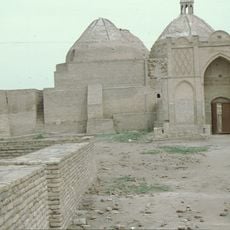
Astana-Baba-Mausoleum
203.3 km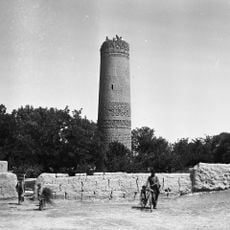
Zadian Minaret
30 km
Alexander Nevsky Church in Termiz
82.8 km
Stadium Metallurg 1st District
227.8 km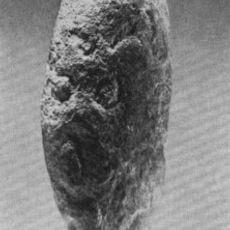
Aq Köprük
86.1 km
Zurmala Stupa
55.7 km
Takht-e Rostam
116.4 km
Surkhan State Nature Reserve
126.1 kmVisited this place? Tap the stars to rate it and share your experience / photos with the community! Try now! You can cancel it anytime.
Discover hidden gems everywhere you go!
From secret cafés to breathtaking viewpoints, skip the crowded tourist spots and find places that match your style. Our app makes it easy with voice search, smart filtering, route optimization, and insider tips from travelers worldwide. Download now for the complete mobile experience.

A unique approach to discovering new places❞
— Le Figaro
All the places worth exploring❞
— France Info
A tailor-made excursion in just a few clicks❞
— 20 Minutes

